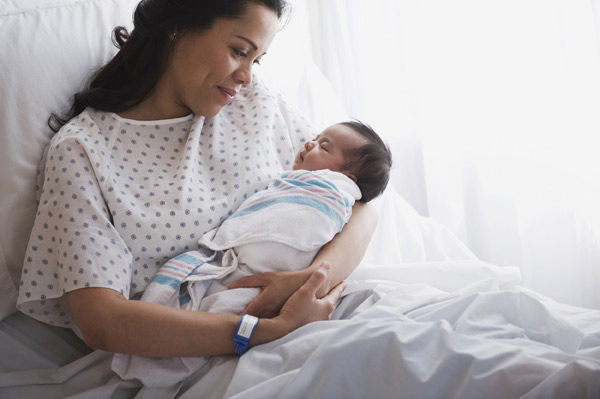
According to popular belief, whether you have a baby girl or boy is purely a matter of chance. And yet, a study published several years ago shows that mothers in stressful jobs, for instance, give birth to more girls than boys. The correlation between such shifts in the offspring sex ratio and the mother’s overall state is something that evolutionary biologists are familiar with from other animal species. One influential hypothesis puts natural selection as an explanation for the imbalances observed.
Strong males with high reproductive success
The Trivers-Willard hypothesis states that it is beneficial for mothers to be able to adjust the sex of their offspring in response to their own state of health. Accordingly, a female in good condition should give birth to more male offspring. This is because successful males have the potential to produce more children in their lifetime than successful females. By producing strong sons, healthy mothers increase the probability of their own genes being widely distributed. Conversely, low-ranking females who are not in such good shape are more likely to produce daughters, because the chances of giving birth to a future dominant male are poor.
“However, it’s not quite as simple as that,” points out biologist Peter Neuhaus sponsored by the Swiss National Science Foundation, based at the University of Calgary in Canada. Taking the example of a model with data from Columbian ground squirrels and Canadian bighorn sheep, Neuhaus — together with colleagues from the UK, the US, France and South Africa — has demonstrated in an article published in Nature magazine that optimal reproduction also depends on a series of other factors.
Dead before reaching sexual maturity
Bighorn ewes, for instance, give birth to only one lamb a year. Most females mate with the dominant ram, which means many of the other males don’t get a chance. Females in a good state often pass on their condition and so can be expected to “to make supermales,” as Neuhaus explains. Nonetheless, the healthy females do not produce more male than female offspring. As the model demonstrates, other parameters, such as the fact that a large number of males die before reaching sexual maturity, play a central role in assessing reproductive potential.
But what have sheep got to do with mothers in jobs with some degree of stress? Nobody doubts that they have more girls, but Neuhaus advises caution: “Evolution is very complex. To understand how it works, you need to take into account as many factors as possible that could influence reproductive potential.”
The study done by Swiss National Science Foundation (SNSF).